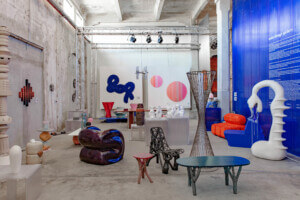A transformed 33-year-old dormitory building at the Wolf Ridge Environmental Learning Center in Finland, rural northern Minnesota, has secured full Living Building Challenge (LBC) certification from Seattle-based nonprofit the International Living Future Institute (ILFI) in a first for a renovation project.
Led by Minneapolis-founded interdisciplinary design studio HGA in conjunction with what the firm has described as an “entire community of planners, contractors, and donors,” the ambitious overhaul of the 22,000-square-foot dorm building opened for occupancy in 2018 as the Margaret A. Cargill (MAC) Lodge. In addition to being the first renovation project to achieve the rigorous, performance-based LBC sustainability standard, it is also the first project in the upper Midwest to do so and the 30th fully LBC-certified building in the world overall. The MAC Lodge at Wolf Ridge, located on a sprawling 2,000-acre wildness campus on the rugged North Shore of Lake Superior, is also within the coldest design climate so far to achieve full LBC certification, per the HGA.
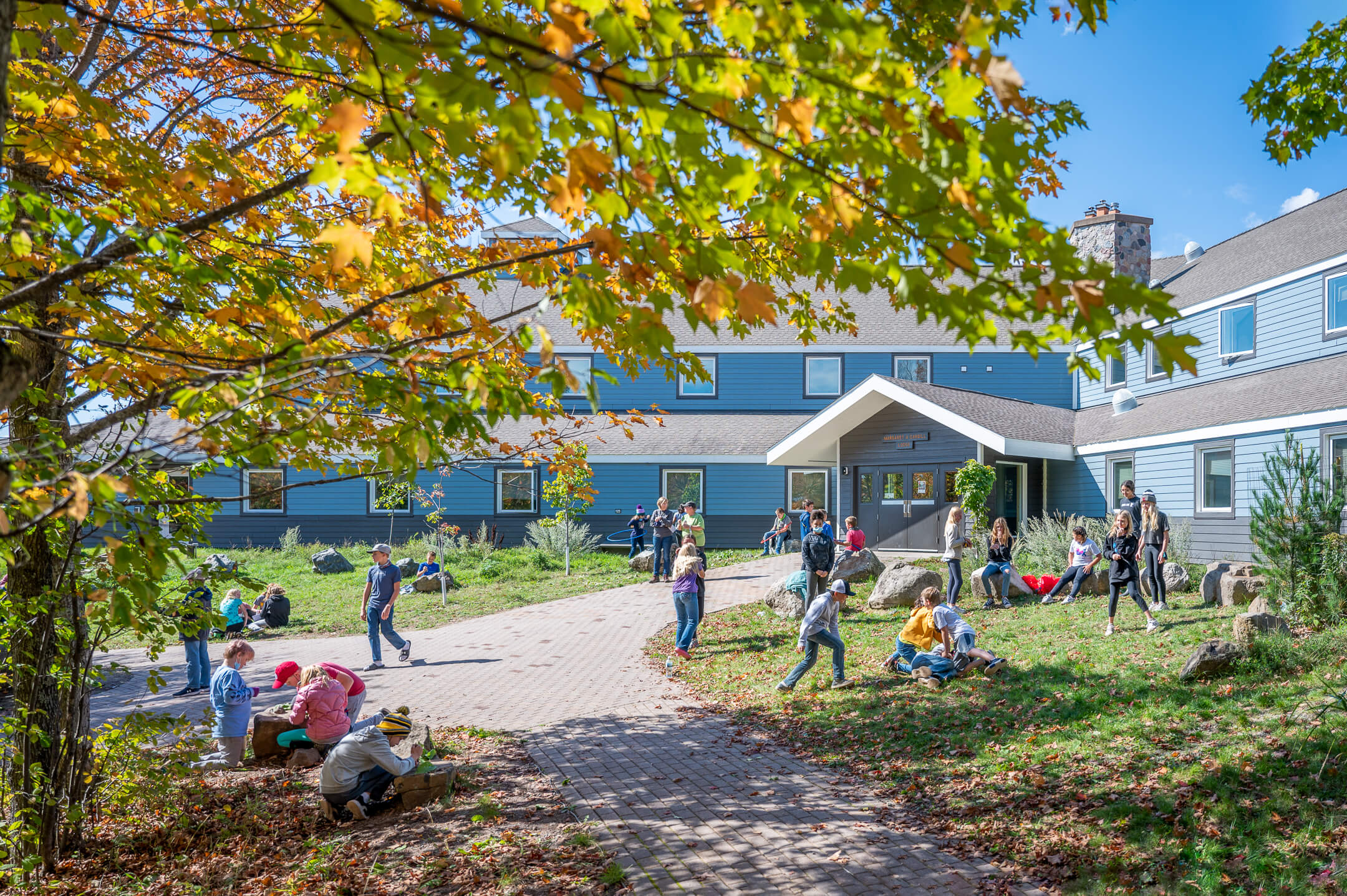
The certification comes following a full year of testing to demonstrate that the renovated MAC Lodge operates as a net-positive energy and net-positive water building. These two key imperatives are among the 20 total that comprise the LBC’s seven performance categories, also known as “petals” (Site, Water, Energy, Health + Happiness, Materials, Equity, and Beauty). While the MAC Lodge is the first renovation project to score all seven petals, a considerable number of renovated buildings have achieved Petal certification, which is a certification pathway requiring that three of petals be achieved with Energy, Water, or Materials being at least one of them. Only a few other renovations have been bestowed with Zero Energy Certification by the ILFI.
The nonprofit Wolf Ridge was established in 1971 as the first environmental learning center in the United States to be accredited as a K-12 school and today functions as the nation’s largest accredited environmental learning center, hosting roughly 15,000 visitors annually through summer camps, wilderness excursions, retreats and conferences, and a range of other programming. Wolf Ridge, initially known as simply the Environmental Learning Center, has been at its current campus in Finland since 1988 after relocating from a U.S. Forest Service-leased facility in the nearby Lake County community of Isabella. That same year, the dorm building now known as the MAC Lodge first opened to guests.
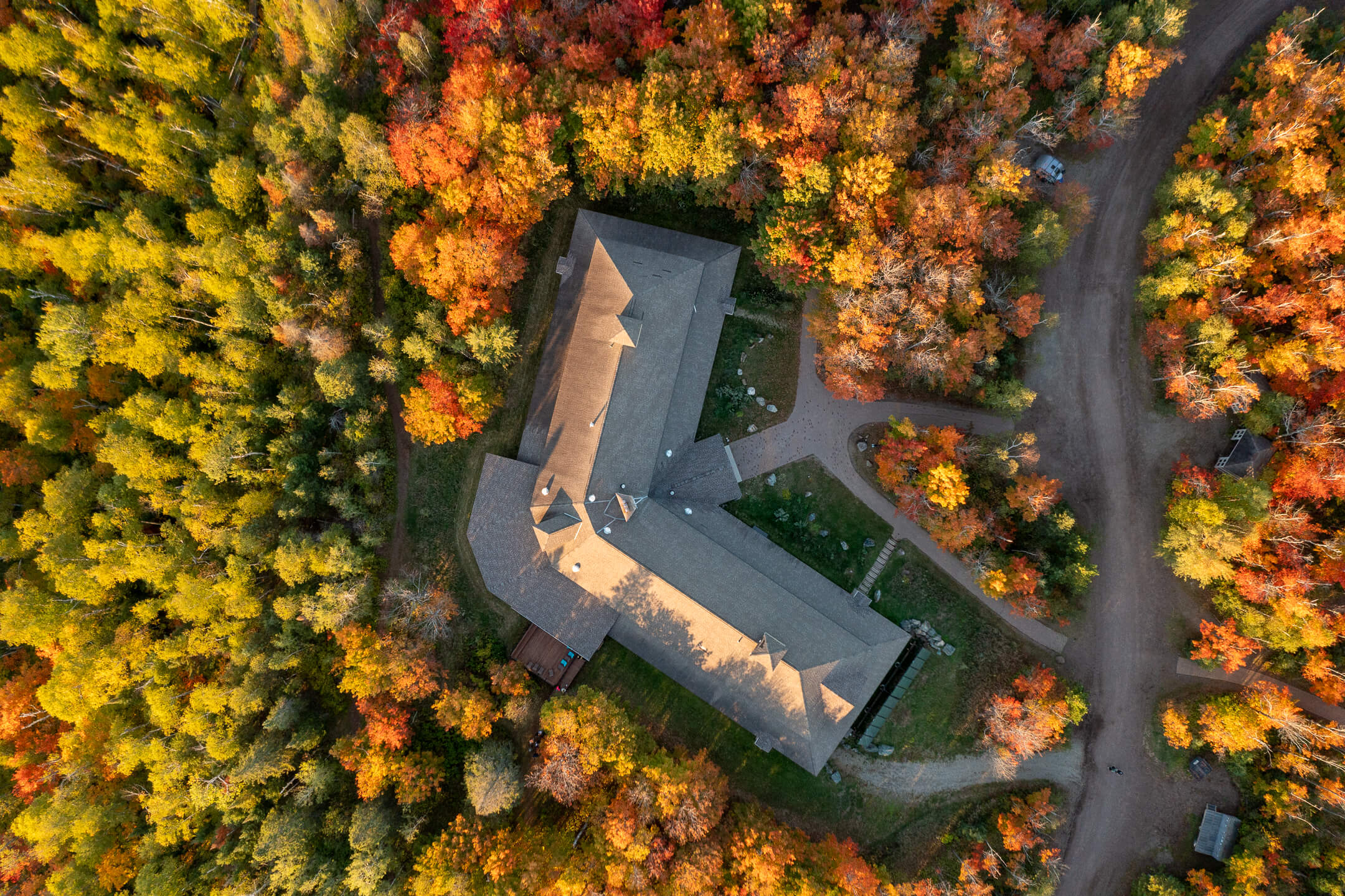
“Wolf Ridge is a place where people learn about the natural systems we all depend on, in a manner that creates an understanding of what we must do to interact responsibly with our environment and safeguard natural resources for future generations,” said Wolf Ridge executive director Peter Smerud in a statement. “The entire ethos of our organization is at work within the MAC Lodge building, as it does not disrupt the nature it sits within, but rather becomes another teaching tool to help visitors understand their effect on the planet, and ultimately how to become better stewards of the land.”
While the natural world that envelopes Wolf Ridge is the core teaching tool at the sprawling center, the design of the renovated MAC Lodge, as mentioned by Smerud, serves to reinforce an “experiential learning cycle.”
“Lodging rooms are small by design thus occupants want to gather in commons rooms where reflection on the experience occurs,” detailed the MAC Lodge renovation case study published by the ILFI. “Small conversations lead into large room gatherings where abstract thinking and discussion ensue as the entire community considers new actions to initiate.”
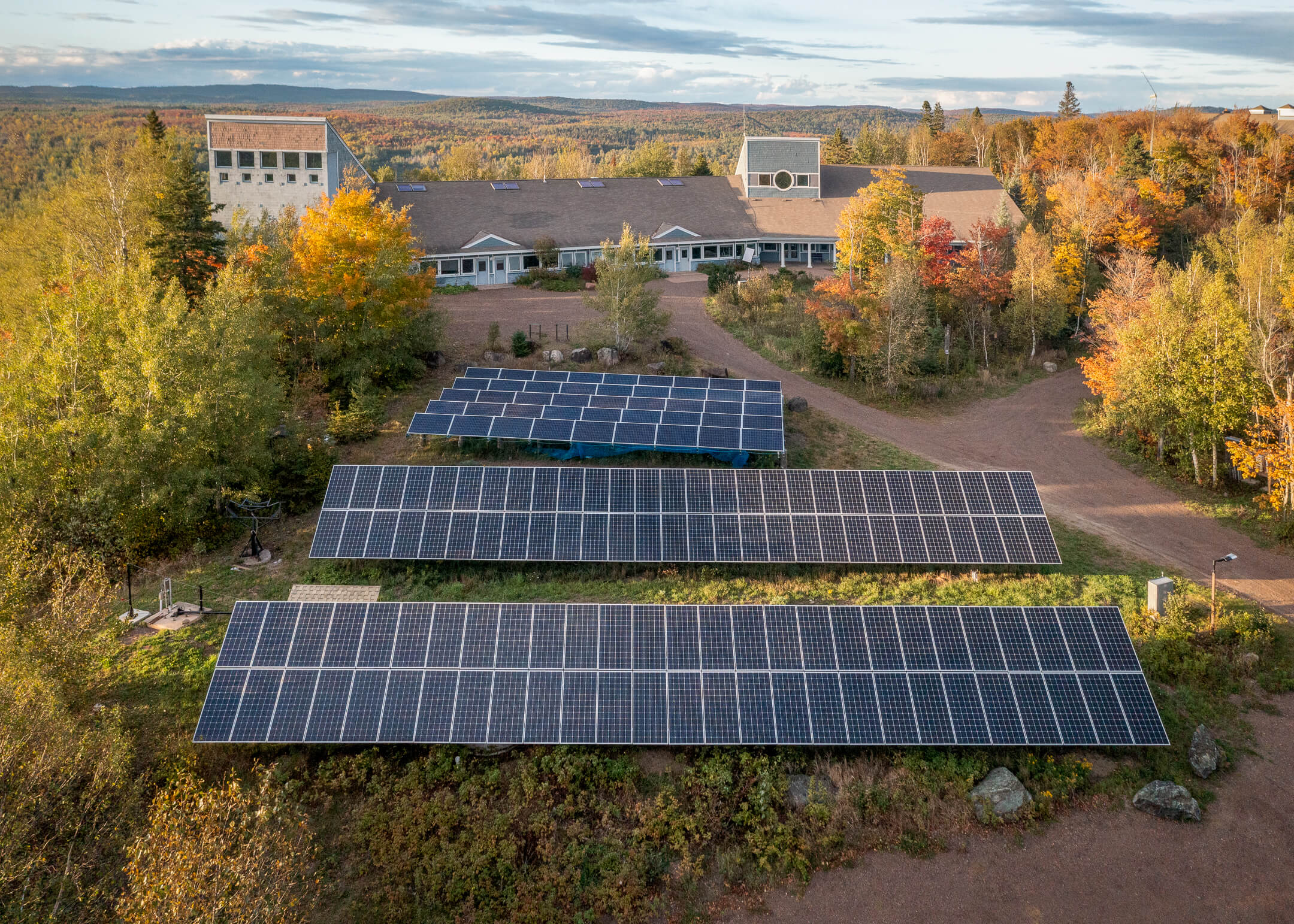
The dorm rooms and lobby are also outfitted with display monitors that illustrate the real-time water and energy consumption of lodge-dwellers in what Ariane Laxo, Sustainability Director at HGA, referred to as “a rare instant visual representation that inspires everyone to change their behavior to have a smaller impact on the environment.”
(In total, the 188-bed MAC Lodge includes 25 guest rooms and five large communal gathering spaces.)
HGA noted that the interior of the MAC Lodge touches down on all six tenets of LBC’s Biophilia imperative, which falls under the Health + Happiness Petal, alongside Civilized Environment and Healthy Air: Environmental Features, Place-Based Relationships, Light & Space, Natural Patterns & Processes, Natural Shapes & Forms, and Evolved Human-Nature Relationships.
Under the all-important (and often difficult to achieve) Materials Petal, HGA, and the larger project team, which also included Gardner Builders and a small army of 27 contractors trained in LBC standards for the renovation, managed to fully recycle and reuse all metals. FSC-harvested wood products were all regionally sourced and processed and, in a notable feat, Benjamin Moore altered a line of its commercial paint to meet LBC compliance for use in the MAC Lodge. Only four trees total were removed from the construction site to make way for recycling dumpsters and, once worked wrapped up, they were replaced with eight new “climate-adaptive,” trees per HGA.
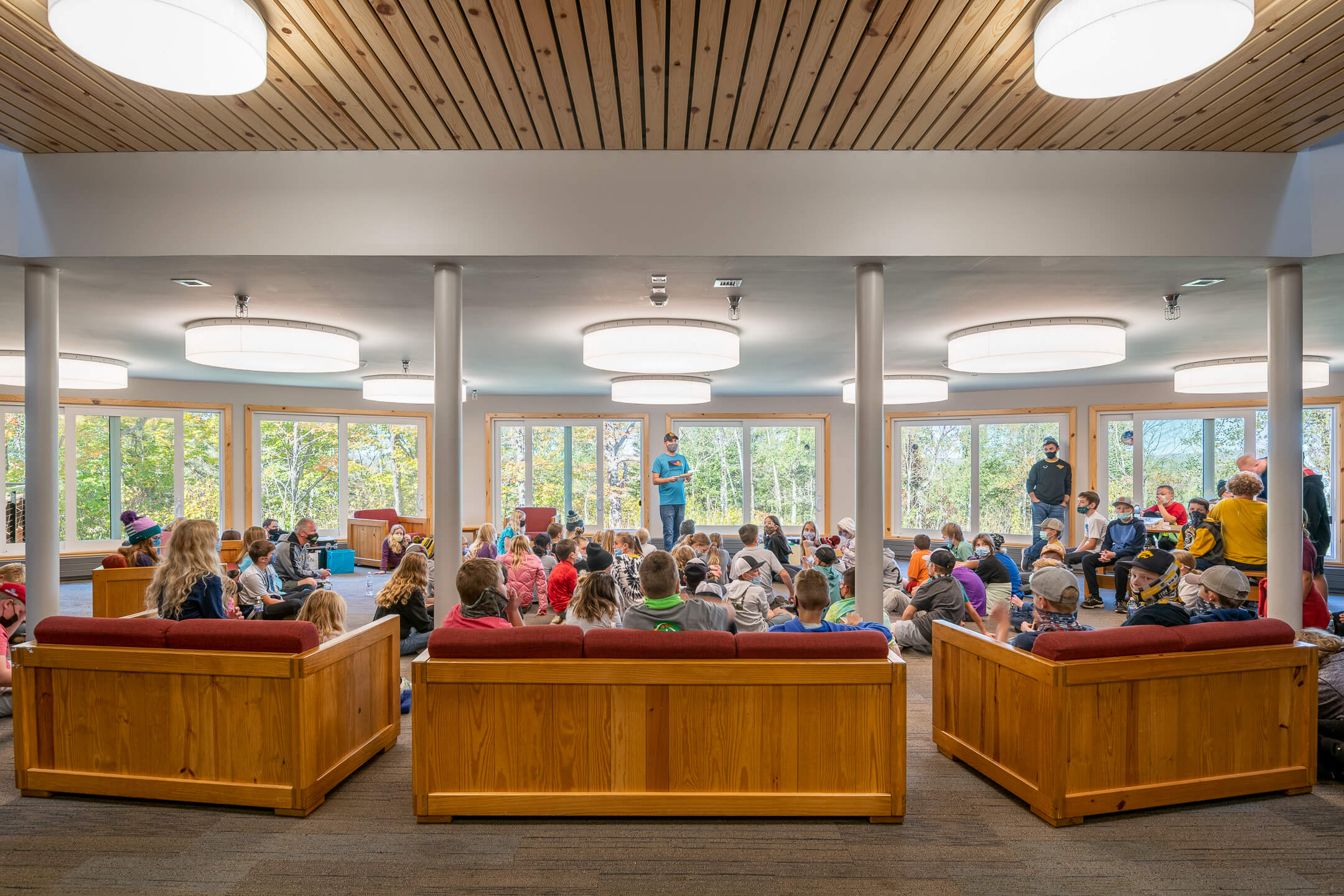
In addition to the renovated MAC Lodge, HGA also oversaw the design of a new staff dormitory for graduate students on the Wolf Ridge campus. That nearly 8,000-square-foot building, while not LBC certified, was designed to “meet LBC standards and became a pilot for the design team and contractor to test sourcing materials and uncover and solve challenges,” the firm explained. Other existing structures on the wildlife-rich campus include four classroom buildings, a dining hall, library, two auditoriums, and an administration building in addition to features such as a raptor aviary, climbing walls, ropes courses, and 18 miles of trails through a landscape that includes lakes, peaks, creeks, and dense mixed forests.
“Sometimes the greenest building is the one that already exists,” said Lindsay Baker, CEO of the ILFI. “Wolf Ridge proves that a renovation project can deliver just as much holistic impact as new construction.”
The full MAC Lodge at Wolf Ridge case study can be viewed here.









